The custom of the African tribe's scary children's head carving
Using sharp objects such as stones or glasses, an African tribe slashes children's skin from an early age to mark each person's identity.
For centuries, skin-slashing customs have been part of the Bétamarribé tribe's culture in Africa.
In a series of photos published by The Sun, children grimace when being cut into the skin - a custom called the "sacrifice" of the tribe.
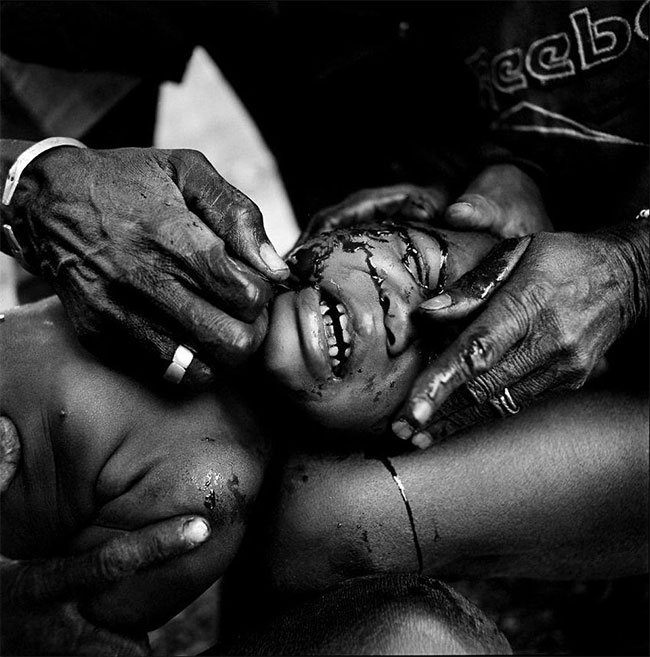
A baby was slashed in the Bétamarribé tribe, Africa.
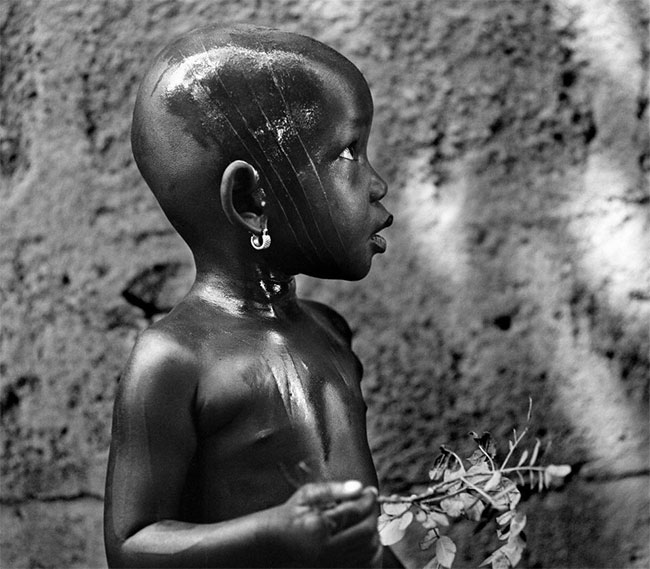
There are children who are only 1 week old when they have letters or shapes engraved on their heads or faces.
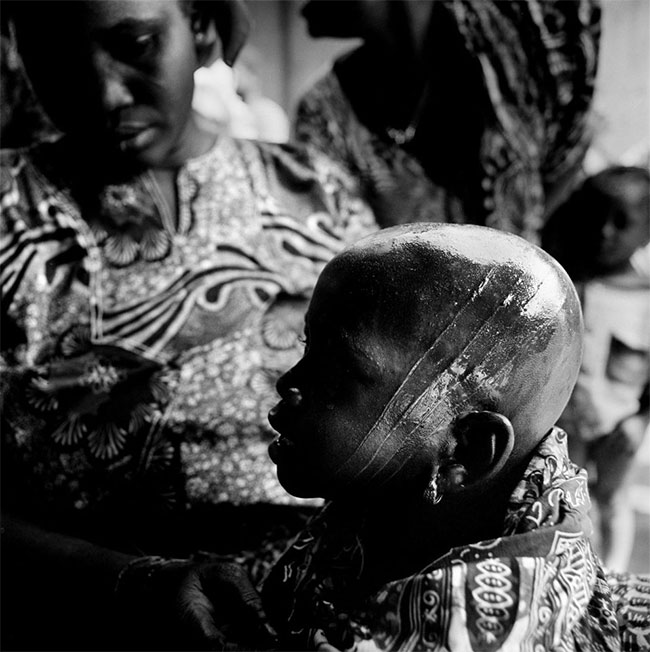
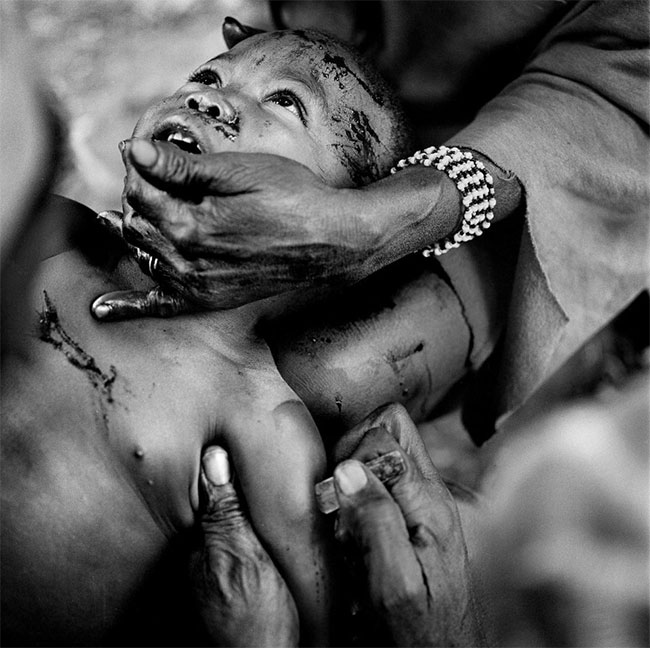
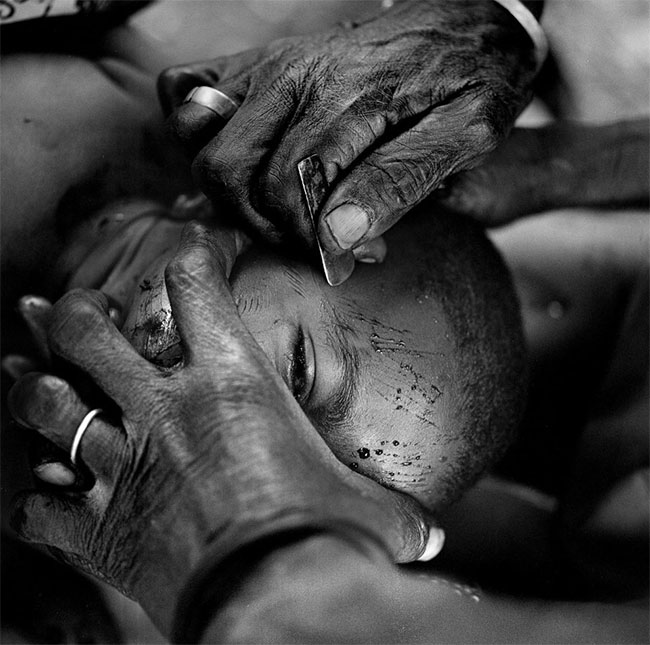
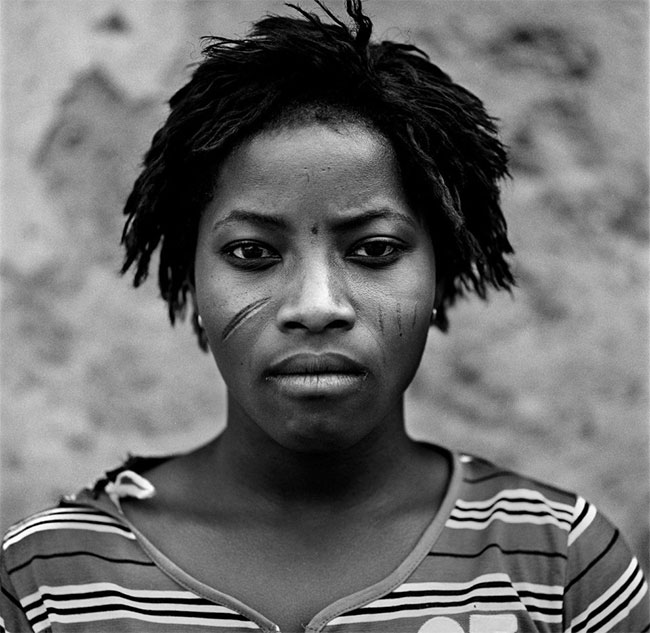
On the blog about African culture Afro.legends.com, the author said that these scars represent each person's identity, showing which clan they belong to, according to which religion.
In addition, they also symbolize beauty and strength, which is the 'mark of pride'.
In Benin, the origin of the vodun religion in West Africa, the Houeda ethnic group believes that the incision of children 's skin, often on the face, connects them to their ancestors.
Gamba Dahoui, a widow, told the BBC that she had cleaned the incision with plant drugs and gin after slashing someone else's head, even using coal to help the wound heal.
According to BBC, this custom is becoming less popular because some people do not want to be cut. The main reason is because of the risk of infection.
A man who had been face-to-face told the BBC that traditional culture could be expressed in other less painful ways, such as dancing, language and rituals.
- The peculiar custom of the tribe turns the body into ... crocodile
- Explore the mysterious snake tribe in India
- The oddity of shrinking the head of Jivaro warrior
- Tribes live separately in the Amazon jungle with the custom of eating the dead bones
- Fear of 'burying' the ashes of the dead in the belly of a living person
- Learn about African carnivorous pythons
- The custom of marriage
- Mysterious tribes in Ethiopia
- Strange custom of mother giving house keys to her daughter to invite strange boys to sleep as much as she wants
- Tribal mystery isolates itself from the world by ... killing strangers
- Scary of smoked mummies on the cliff
- Impressive photos of the tribes that are about to disappear forever in the world
 'Fine laughs' - Scary and painful torture in ancient times
'Fine laughs' - Scary and painful torture in ancient times The sequence of numbers 142857 of the Egyptian pyramids is known as the strangest number in the world - Why?
The sequence of numbers 142857 of the Egyptian pyramids is known as the strangest number in the world - Why? History of the iron
History of the iron What is alum?
What is alum?